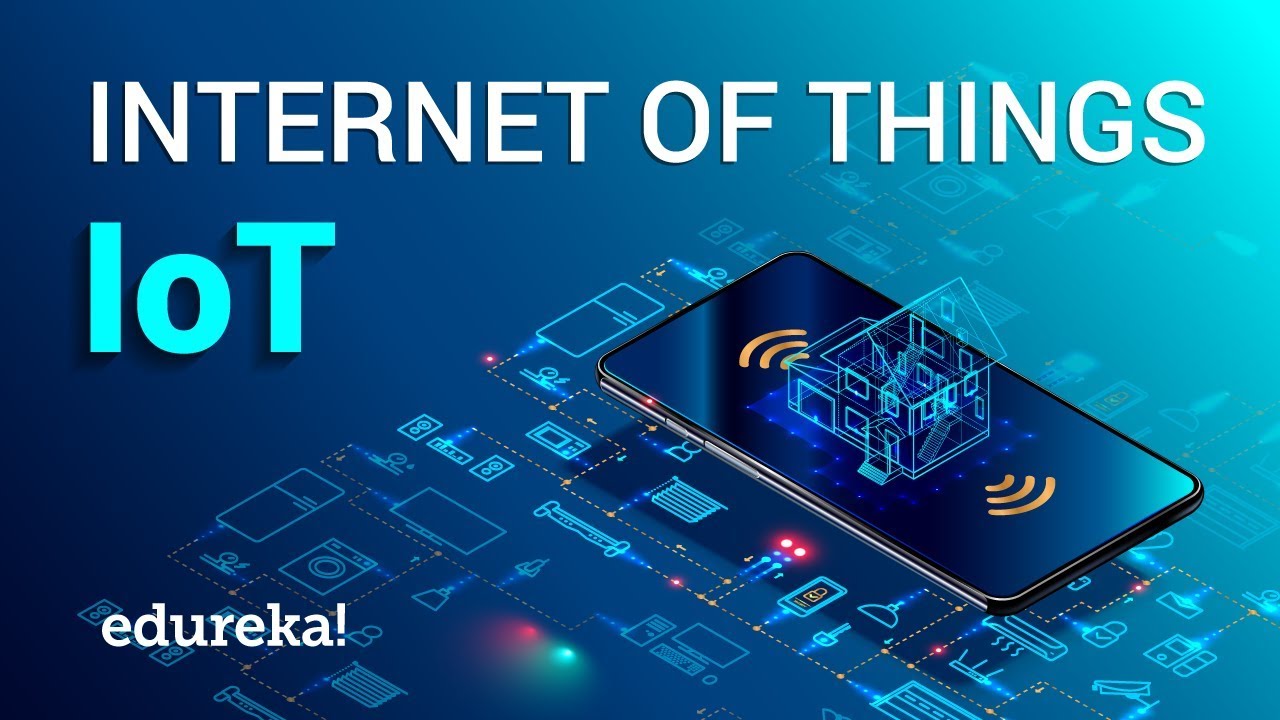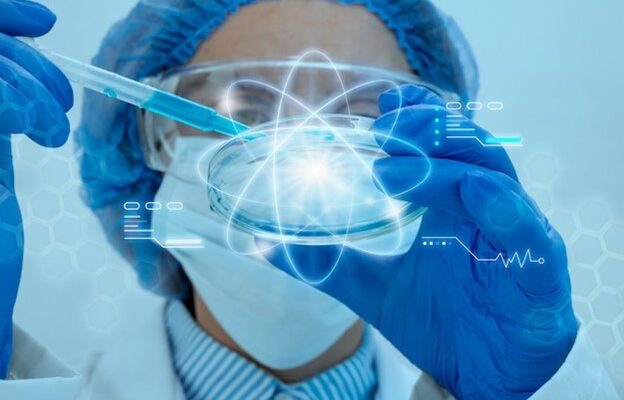Towven.com – The world around us is undergoing a transformation driven by the ever-expanding Internet of Things (IoT).
This network of interconnected devices, embedded with electronics, sensors, and software, is blurring the lines between the physical and digital worlds.
IoT devices collect and exchange data, enabling them to communicate with each other and the broader internet, creating a symphony of connectivity that is revolutionizing the way we live, work, and interact with our surroundings.
This article delves into the captivating world of the Internet of Things (IoT), exploring its core principles, diverse applications, and the potential it holds for shaping the future.
Beyond Devices: Unveiling the Core Principles of the Internet of Things (IoT)
The Internet of Things (IoT) transcends the mere interconnection of devices. It functions on a foundation of several key principles:
-
Connectivity: IoT devices are equipped with sensors and communication protocols that allow them to connect to the internet and exchange data wirelessly. This connectivity enables them to interact with other devices, cloud platforms, and user interfaces.
-
Data Collection: IoT devices are equipped with various sensors that collect data about their environment. This data can include temperature, humidity, pressure, motion, and more, depending on the specific device and its application.
-
Data Analysis: The collected data from IoT devices can be analyzed in real-time or stored for later use. This analysis provides valuable insights that can be used to improve efficiency, optimize processes, and make informed decisions.
-
Automation: IoT devices can be programmed to perform certain actions based on the data they collect. This automation can simplify tasks, improve efficiency, and reduce human intervention.
-
User Interaction: IoT devices can be controlled and monitored remotely through user interfaces such as smartphones, tablets, or computers. This allows users to interact with their IoT devices and the data they collect.
A Tapestry of Applications: Exploring the Diverse Uses of the Internet of Things (IoT)
The Internet of Things (IoT) extends its reach far beyond simple gadgets, offering a multitude of applications across various sectors:
-
Smart Homes: IoT devices can transform homes into intelligent spaces, automating tasks like lighting control, temperature regulation, and security monitoring.
-
Smart Cities: IoT can transform cities into interconnected ecosystems, optimizing traffic flow, improving waste management, and enhancing public safety.
-
Wearable Technology: IoT empowers wearable devices like smartwatches and fitness trackers to monitor health metrics, track activity levels, and provide personalized insights.
-
Connected Cars: IoT enables connected cars to communicate with each other and infrastructure, enhancing safety features, optimizing traffic flow, and paving the way for autonomous vehicles.
-
Industrial Automation: IoT can automate industrial processes in factories and manufacturing plants, improving efficiency, reducing downtime, and providing predictive maintenance capabilities.
-
Agriculture: IoT allows farmers to monitor their crops remotely, track soil conditions, and optimize irrigation systems for improved yields and resource management.
-
Environmental Monitoring: IoT devices can be used to monitor environmental conditions such as air quality, water quality, and noise pollution, providing valuable data for environmental protection efforts.
Beyond the Horizon: Opportunities and Challenges of the Internet of Things (IoT)
While the Internet of Things (IoT) offers immense potential, there are challenges and opportunities to consider:
-
Security and Privacy: The vast network of interconnected devices raises concerns about security vulnerabilities and data privacy. Robust security measures are essential to protect sensitive information.
-
Standardization: The lack of standardized protocols and communication methods can hinder the interoperability of IoT devices from different manufacturers.
-
Data Management: The massive amount of data generated by IoT devices necessitates efficient data management and analytics capabilities.
-
Ethical Considerations: The increasing use of IoT raises ethical concerns around data ownership, potential biases in algorithms, and the societal impact of automation.
-
Digital Divide: Unequal access to technology could exacerbate the digital divide, leaving some communities behind in the IoT revolution.
A Connected Future: Embracing the Potential of the Internet of Things (IoT)
The Internet of Things (IoT) holds immense potential to transform our lives for the better.
By fostering connectivity, automation, and data-driven insights, IoT can pave the way for a more efficient, sustainable, and interconnected future.
As we address the challenges and embrace the opportunities, the Internet of Things (IoT) has the potential to revolutionize the way we interact with the world around us.







